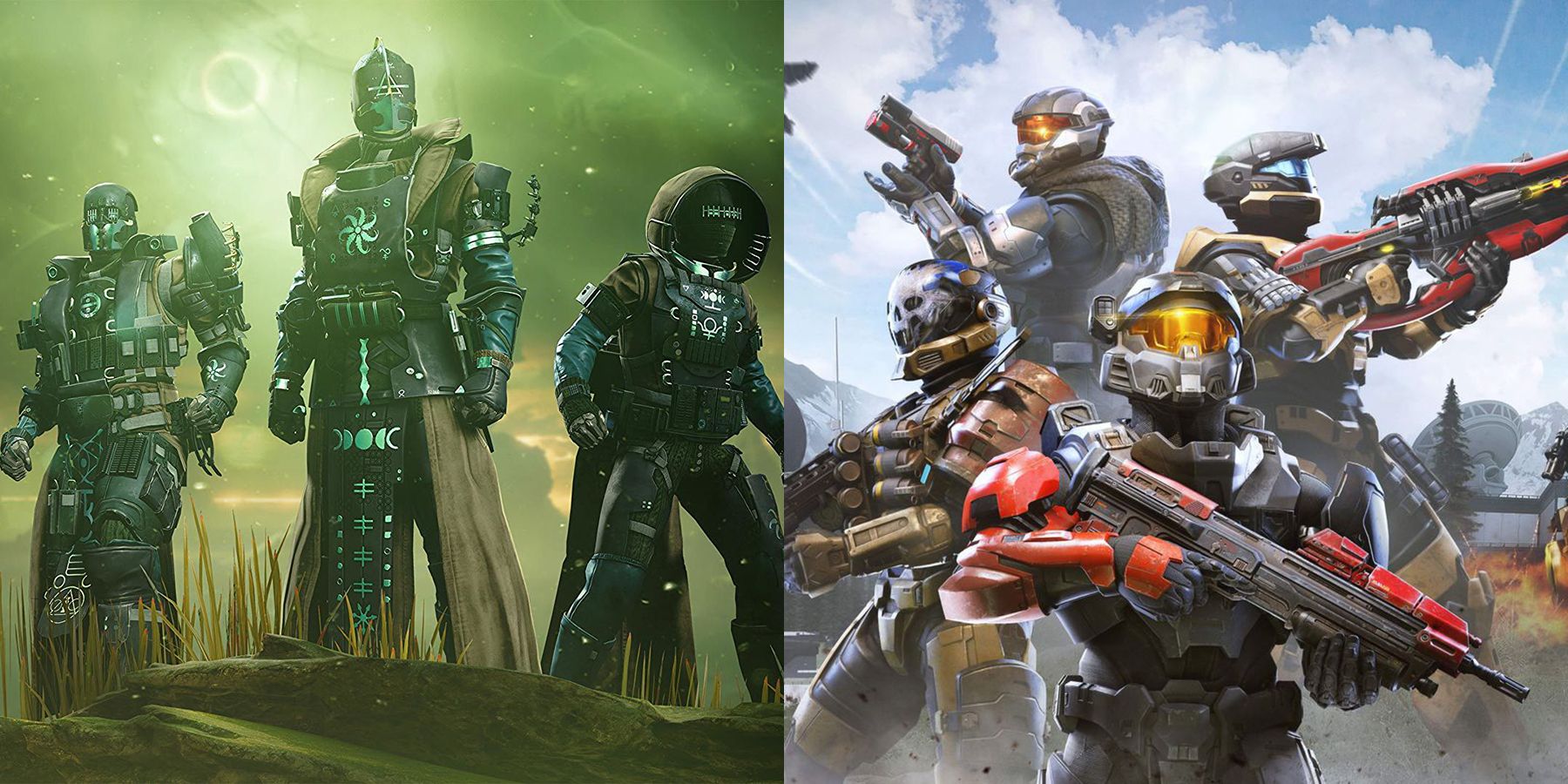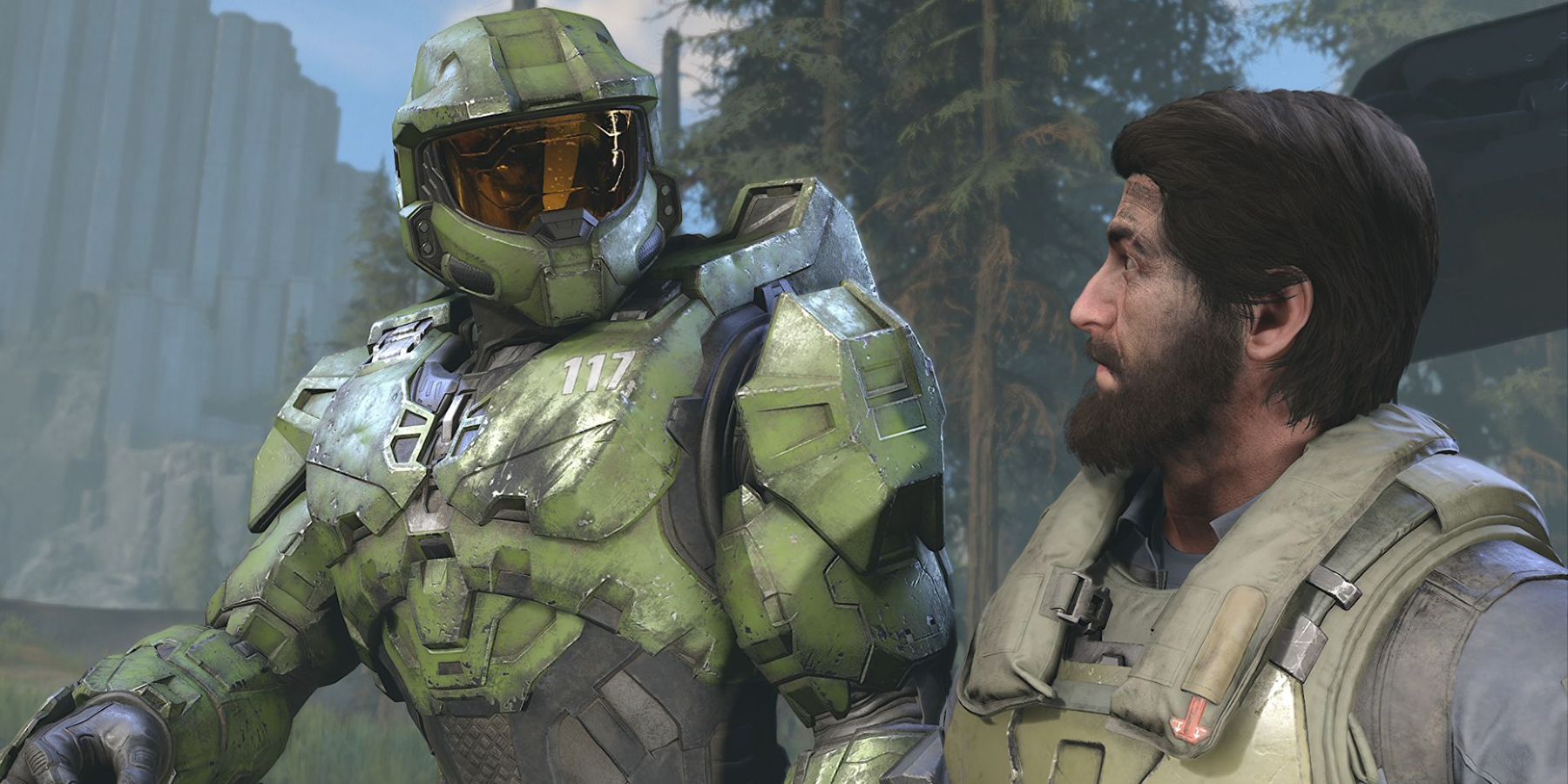A “10-year plan” is a talking point for many games that fall flat. Perhaps the worst case of it was Anthem, which launched in poor condition, barely moved upward, and was ultimately canceled by EA, but it supposedly had a 10-year plan. In truth, it should come across as a point of concern for many fans, because so few games have had that sort of longevity.
Skyrim has remained popular for that long, but it’s an anomaly. It’s not truly due to any content, work, or live-service factors, just popularity and a few re-releases. One game that has gone the extra mile in trying to live up to this 10-year aspect is Destiny 2, a definitive live-service game that has had ups and downs but constantly has players coming back. It, too, at one point had a ten-year plan when Bungie operated under Activision, but truth is, it’s moving into year 5 in 2022 and it’s likely to remain a powerhouse for another 5. Counting Destiny 1, however, would mark 2024 as its tenth year.
Part of this is the runaway success of Destiny 2 is because of how few games truly have ten-year potential. Anthem was doomed from the gate, and other claims get washed to the wayside. However, there's one new game with ten-year potential that could give Destiny 2 a run for its money: Halo Infinite.
Halo Infinite vs. Destiny 2: 10 Years Down the Road
Now, to be clear, that’s not to say Halo Infinite is a “destiny killer.” Time and again, that’s proven to not be a real thing, and Destiny 2 is likely to remain as strong as ever as long as Bungie continues to push it. It just won’t be the only thing in the race. Fans know of The Witch Queen and Lightfall, and there’s going to be more seasons, more content, more stories, and even a conclusion to the Light vs. Darkness story arc since the first game. Destiny 3 could release sometime in 2024 or after, but that still serves as a continuation. Bungie may decide to keep the content focused in D2 for all the balance work and changes that would take.
But, Halo Infinite is also supposed to represent ten years of Halo. It’s had a few stumbles, but there’s no denying that it’s off to a good start. Player progression and Playlists have come quicker than many expected, there is a roadmap for content like Halo Infinite’s campaign co-op, and more. Multiplayer seems to have long seasons now, but they will likely hit a new uniform point with constant support, giving it the status of current seasonal multiplayer shooters like Apex Legends, Call of Duty: Warzone, and Fortnite (even though Halo as a whole arguably trumps these—they are the modern MP shooter games).
Beyond multiplayer though, Halo Infinite has the perfect set up for continuous campaigns and content drops within the game itself. Microsoft recently trademarked “Halo: The Endless” and that would make for a strong campaign added after Halo Infinite's ending. Microsoft can take players to a new sandbox on the Zeta Halo, introduce new enemies and weapons, add other single-player content, and really drive home an evolving game and story.
Halo Infinite’s multiplayer will keep players coming back, but the campaign has the potential to retain them for ten years. The right additions at the right price, a growing and evolving sandbox, gameplay innovations, and far more mean Halo Infinite might very well be infinite in potential. Perhaps the best part of this is how healthy competition between Halo Infinite and Destiny 2 could really drive both franchises to new heights for their players and maybe, actually, define the next 10 years. It's too early to call it for sure, but the potential is there.
Halo Infinite is available now on PC, Xbox One, and Xbox Series X.


